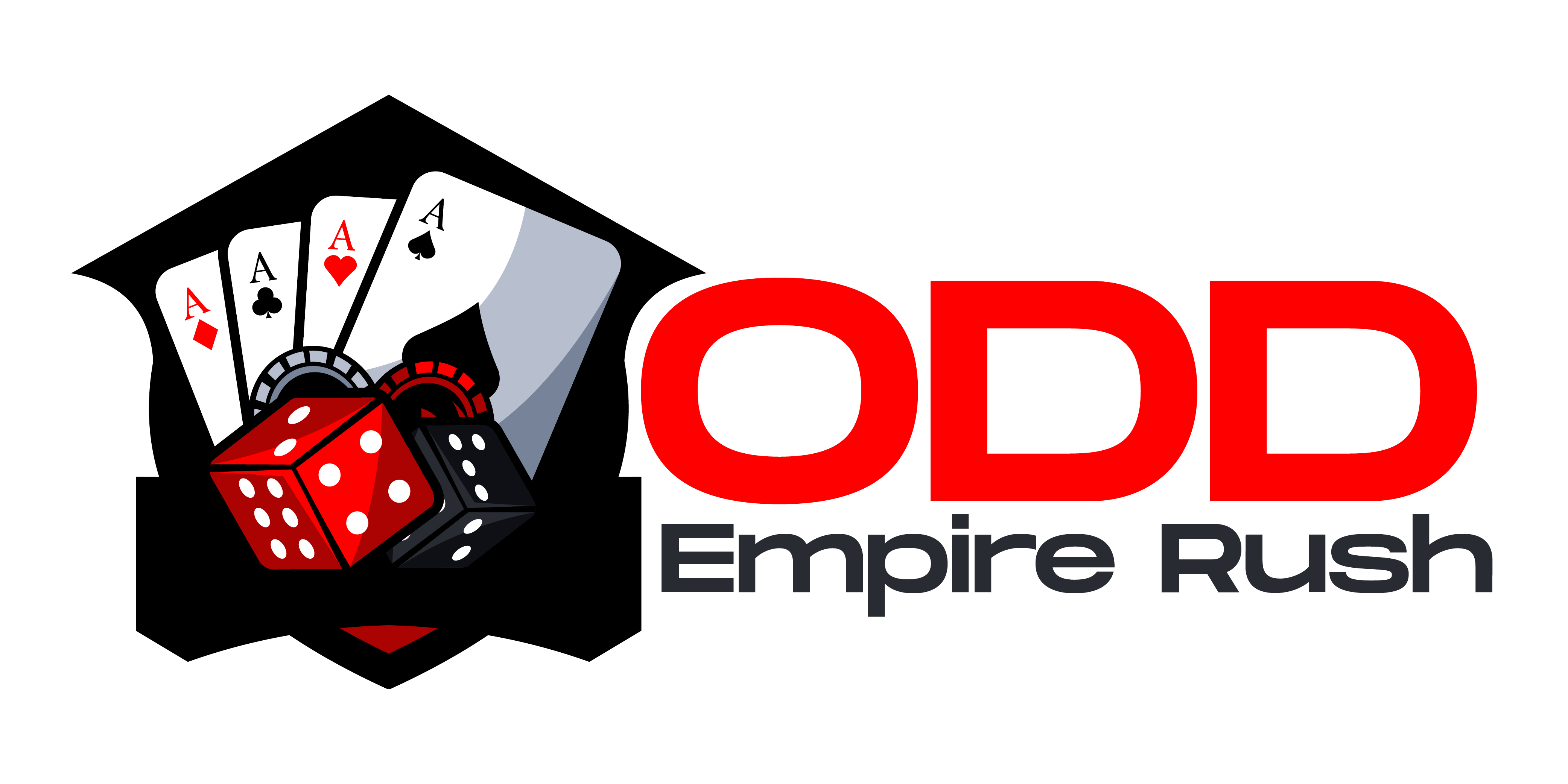Introduction: A Game-Changer in Progress
The rise of e-sports has redefined what competitive entertainment looks like—and the betting world has taken notice. No longer a niche, e-sports is now a global industry with millions of viewers, major sponsorships, and high-stakes tournaments that rival traditional sports in both scale and spectacle.
E-Sports: No Longer Underground
What began in basements and internet cafes has grown into professionally organized leagues and sold-out arenas. Some key factors driving the explosive growth:
- Massive global audiences with real-time streaming access
- Multi-million dollar prize pools attracting top-tier talent
- Corporate investment from both tech giants and sports franchises
Betting Follows the Digital Crowd
As e-sports audiences surged, betting platforms quickly followed. With fans tuned in across platforms like Twitch and YouTube, operators spotted a valuable opportunity:
- Digitally native audiences more comfortable placing bets through mobile or online platforms
- Real-time engagement that mirrors the speed of gameplay
- Higher frequency of events compared to traditional sports seasons
Traditional Markets Are Taking Notice
Legacy betting markets can’t afford to ignore this shift. The strategic stakes are high:
- Younger users, once considered hard to reach, are now regularly betting on e-sports
- Changing preferences signal a need for modernization within traditional markets
- Increased competition from agile, tech-first betting startups focused only on e-sports
E-sports is no longer on the periphery of gambling—it’s pushing its way to the center stage, forcing established operations to reconsider everything from product offerings to platform design.
E-Sports Betting: Fast, Global, and Growing
If you’re in the business of watching trends, e-sports betting is impossible to ignore. The global e-sports wagering market is projected to hit over $20 billion by 2025, up from just under $10 billion in 2020—not a slow climb. Twitch streams, pro gaming leagues, and 24/7 tournaments mean there’s always action to bet on, and that pace keeps the market hot.
But stats are only half the story. What’s fueling this surge is a new generation of bettors: younger, hyper-connected, and raised on digital. They’re used to microtransactions, second-screen interactions, and fast content shifts. Traditional sportsbooks offer structure; e-sports betting matches their world—dynamic, accessible, and built around fast feedback.
What separates e-sports betting from legacy sports wagering isn’t just the audience or the aesthetic. It’s the cadence. Traditional sports move in seasons and scheduled games. E-sports never stops. Competitive titles like League of Legends, CS:GO, and Dota 2 run on global circuits with layered tournaments, in-game analytics, and real-time streaming. That generates more frequent betting opportunities, sharper in-play odds, and deeper fan knowledge—all of which pull bettors in.
Legacy platforms can’t skate by on name recognition here. E-sports betting is a different beast with different rules—and it’s not slowing down.
Market Disruption: Who’s Losing Ground?
Traditional bookmakers are feeling the squeeze. For decades, they ran the show—sportsbooks with familiar odds, paper slips, and a steady user base. But e-sports is rewriting the script. Younger, digitally native audiences aren’t heading to brick-and-mortar betting shops or even legacy websites. They’re placing micro-bets on Twitch streams, tracking live odds through mobile apps, and engaging with wagers as casually as they comment in Discord chats.
This shift in demographics isn’t minor—it’s a tectonic realignment. Gen Z and younger millennials aren’t waiting for halftime. They want real-time, in-stream betting options built into the platforms they live on. That’s left older platforms scrambling to catch up in both form and function.
Then there’s regulation. Traditional betting markets were built for slowly-paced sports, well-defined leagues, and tight control. E-sports moves faster, with decentralized events, fluctuating rules, and a global user base. That makes compliance tough. Some platforms are bogged down by legacy systems that can’t adapt fast enough—or at all. Regulators are still figuring out how to measure risk in games where updates change the meta overnight.
Long story short: the old playbook is cracking. Betting outfits that can’t evolve quickly—both technologically and culturally—risk fading out of relevance.
How Operators Are Adapting
Legacy betting brands aren’t sitting this one out. Instead, they’re shifting gears hard, launching new e-sports-focused verticals to stay in the mix. This isn’t window dressing—it’s full-fledged operations with dedicated teams, event sponsorships, and platforms built for Twitch-age attention spans.
User experience is getting a major facelift too. We’re talking real-time odds synced to live-streamed gameplay, predictive analytics, and interfaces that look more like Discord servers than horse betting slips. The goal is simple: meet the e-sports crowd where they already are, on their turf, in their language.
The smart ones are also forming alliances. Streamers with loyal fans, competitive leagues with regular tournaments, and tech platforms with seamless payment systems—everyone’s partnering up. The idea is clear: betting should feel native to the e-sports experience, not tacked on. That means live betting integrations, co-branded contests, and embedded commentary.
Old-school brands that move fast and speak fluent digital have the best shot at thriving. E-sports culture won’t wait.
The Ripple Effect On Betting Culture
We’ve come a long way from betting slips at racetracks and smoky sports bars. Today, wagers are flying in real-time during League of Legends matches and Valorant finals streamed on Twitch. This isn’t just about new platforms—it’s a cultural shift. E-sports has gamified the act of watching itself. With micro-wagers, live odds, and chatroom hype, spectators are turning into participants.
That shift in culture is bleeding into broader entertainment habits. Traditional sports still hold sway, but the idea of waiting days for a match or bet outcome now feels slow. E-sports betting caters to a fast-twitch audience trained on digital immediacy. You don’t place one bet—you place ten, hour by hour.
It’s also redefining what people bet on. It’s no longer just winners or total scores. Viewers now wager on first kills, skin unlocks, play styles—details shaped more by experience than stat sheets. That granularity keeps people hooked, shaping a more interactive, sticky loop between content and commerce.
As more fans grow up with Twitch as a second home, the idea of passive viewership fades. Betting becomes part of the entertainment. And while the stakes are still financial, the currency of engagement—likes, chat chants, community flex—is equally valuable.
Cross-Border Influence: Regions Leading the Charge
E-sports betting may be a global phenomenon, but its growth isn’t uniform. Certain regions are moving faster, influencing trends and regulation models that others are likely to follow. From market maturity to user behavior, here’s how regional differences are shaping the future of e-sports betting.
Asia and Europe: The Current Powerhouses
Both Asia and Europe have emerged as influential leaders in the e-sports betting space. These regions benefit from mature gaming cultures, tech-ready populations, and advanced online betting infrastructures.
Key Traits:
- Long-established e-sports fanbases
- More permissive or clarified betting regulations
- Deep integration between traditional sportsbooks and e-sports offerings
In Asia, especially South Korea and China, e-sports is already a national pastime. Europe follows closely, with countries like the UK, Sweden, and Germany embracing both competitive gaming and regulatory frameworks that support wider betting ecosystems.
North America: Fast Catch-Up
North America is gaining momentum rapidly, thanks in part to evolving legislation around online sports betting. As more U.S. states legalize and regulate digital wagering, major operators are launching or expanding e-sports-specific offerings.
Driving Forces:
- Legalization of online sports betting (state-by-state)
- Growing popularity of e-sports events and leagues
- Strategic partnerships between teams, influencers, and betting platforms
What was once a fringe trend in the U.S. is now entering mainstream territory, supported by a younger, tech-savvy demographic eager to engage.
Regional Differences in Behavior and Regulation
Despite global interest, cultural and regulatory factors heavily impact user engagement. Not all markets bet the same way, and what works in one region may fall flat in another.
Key Variations to Watch:
- User behavior: European and Asian users tend to place more live/in-game bets, while North American bettors lean toward pre-match wagers.
- Regulatory complexity: Asia faces tighter government scrutiny; Europe is fragmented but relatively mature; North America is patchwork and still evolving.
- Platform preference: Twitch and YouTube dominate globally, but regional live-streaming platforms also influence where users place bets.
Understanding these differences isn’t just helpful—it’s essential for any operator or stakeholder looking to thrive in e-sports betting’s next phase.
Looking Ahead: Opportunities and Concerns
Crypto integration is more than hype—it’s becoming a serious conversation in e-sports betting circles. With blockchain, decentralized platforms offer faster, borderless transactions and a layer of transparency that could curb fraud. For younger, tech-savvy audiences already comfortable with digital wallets, this shift feels natural. But adoption still faces friction: regulatory hurdles, wallet onboarding issues, and plain old user hesitation.
There’s also a darker side. Match-fixing remains a persistent threat—especially at lower-tier tournaments with less oversight. Combine that with a fast-paced digital landscape and the challenge of verifying age across global platforms, and risk management suddenly needs industrial-strength tools. Operators are racing to build safeguards that can keep up with the speed of play and the stakes involved.
Looking longer-term, we’re likely to see hybrid markets emerge—places where e-sports, crypto, and traditional betting coexist. Fanbases will merge, evolve, and carry their habits across verticals. Smart operators are already prepping for this convergence. Those who play the long game, bridging tech and trust, will come out ahead.
More on how crypto is reshaping the industry: Cryptocurrency’s Influence on the Betting Landscape
Final Thoughts: The Stakes Are Only Getting Higher
Betting isn’t just undergoing change—it’s undergoing a rewiring. E-sports isn’t a side hustle for oddsmakers anymore; it’s a core component of the industry’s next chapter. From platform design to user behavior, the tectonic plates are shifting. Younger bettors expect speed, immersion, and digital-native experiences. Traditional operators can’t afford to stay in their lanes.
This doesn’t spell extinction for classic betting verticals like football or horse racing. But it does mean they’ll need to coexist—and even coalesce—with e-sports formats. Hybrid offerings, dynamic markets, and streamer-driven incentives are the new benchmarks. As fan culture stretches across screens and time zones, the smartest operators are already reshaping their playbooks.
The lesson here: adapt fast, or get left behind. Success in this landscape won’t come from tweaking the old framework—it’ll come from learning, borrowing, and building from both traditional and digital roots. The winners will be the ones who think like their future customers—because those customers are already logged in.


 Lillian Wagneroler, an insightful author at oddsempirerush focuses on in-depth research and engaging storytelling. Her articles provide fresh perspectives on betting trends, helping readers connect with the latest developments in the industry.
Lillian Wagneroler, an insightful author at oddsempirerush focuses on in-depth research and engaging storytelling. Her articles provide fresh perspectives on betting trends, helping readers connect with the latest developments in the industry.

